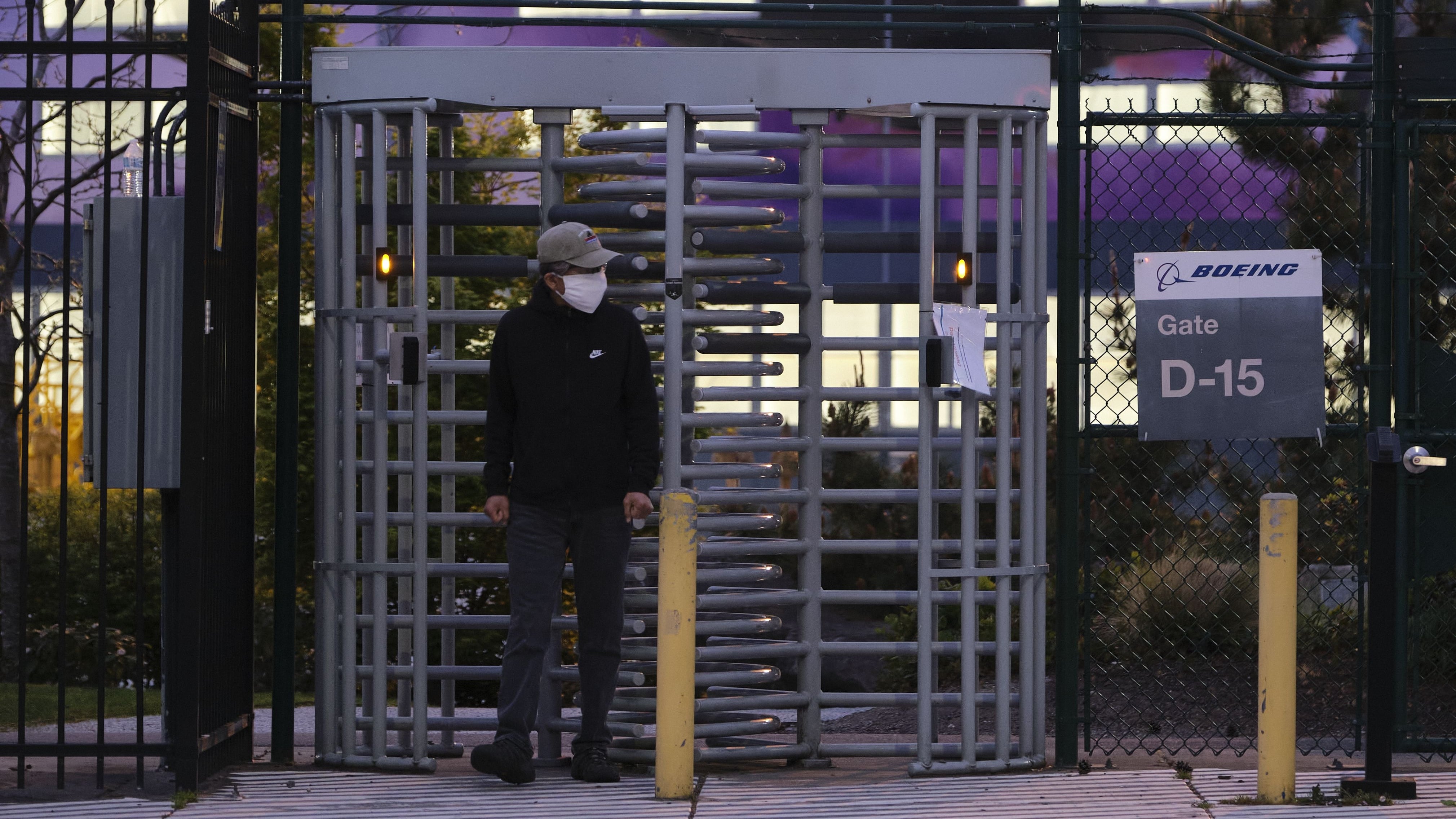WASHINGTON ― Democrats unveiled a $2.2 trillion coronavirus relief package Monday night without defense industry stimulus funding, hinting that the billions of dollars defense firms sought to diffuse the economic impact of the pandemic are not coming.
Defense officials warned they will have to tap modernization and readiness funds if Congress does not appropriate about $10 billion for defense contractors' coronavirus-related expenses, as authorized by Section 3610 of the Coronavirus Aid, Relief, and Economic Security Act. However, neither the new Democratic measure nor the last draft from Senate Republicans contained any such aid.
Smaller than the $3.4 trillion bill that passed the House in May in order to come closer to a compromise with Republicans, the new bill comes as House Speaker Nancy Pelosi, D-Calif., and Treasury Secretary Steven Mnuchin are attempting to revive long-stalled aid negotiations. The House bill could be a final attempt to pass coronavirus aid legislation before the Nov. 3 presidential and congressional elections.
The House bill does propose nearly $2.5 billion for defense: $320 million in emergency operations and maintenance funding for the services to buy personal protective equipment; $1.4 billion to pay salaries and other needs of military base facilities like child care centers and post exchanges that are usually paid by revenue-generating accounts; and $705 million for the Defense Health Program to cover COVID-19 prophylactics, therapeutics and personal protective equipment.
Senate Majority Leader Mitch McConnell, R-Ky., proposed his own $300 billion bill, but that legislation failed in the Senate earlier this month. That bill left out the $29 billion for defense ― which included $11 billion in Section 3610 reimbursements ― that Republicans proposed in their $1 trillion stimulus in July.
RELATED

The Senate is set to vote on a House-passed continuing resolution to prevent a government shutdown. It would extend the window for Section 3610 reimbursements through Dec. 11, a step sought by trade groups. But there has been no matching appropriation.
Defense industry sources say lobbying for aid hasn’t gained traction beyond a handful of hawkish Republicans, despite a public push from Pentagon acquisition chief Ellen Lord. The Pentagon’s senior-most officials have not been as vocal as Lord, and lawmakers from both parties have been wary of new spending that favors industry after the Pentagon won a timely budget at record levels.
“There’s never been an appetite for defense stimulus from the parties that matter,” an industry source told Defense News. “I would be shocked if defense, being in neither of the two chambers' bills, ended up in the final bill.”
Undercutting the argument that defense industry relief would immediately stimulate the economy, Lord said earlier last week that it will likely take five to six months before industry receives any reimbursements under the CARES Act. Lord also said that only 30 of the hundreds of defense subcontractors shuttered by the pandemic remained closed.
Days ago, Lockheed Martin reportedly signed off on a 8.3 percent quarterly dividend increase to pay $2.60 per share and announced plans for an additional $1.3 billion share buyback. Lockheed is one of the main recipients of the Pentagon’s accelerated payments to contractors, meant to boost cash flow to large and small defense companies during the coronavirus crisis.
In May, Democratic lawmakers questioned Pentagon leaders about why they had spent just 23 percent of the $10.5 billion the department received under the CARES Act. The Pentagon responded with with its spending plan for the aid, which allocated $688 million to aid suppliers of aircraft engine parts, shipbuilding, electronics and space launch.
Last week, key progressives, Reps. Marc Pocan and Barbara Lee, demanded an investigation and public hearings into that use of economic stimulus funding for defense contractors, calling it a “Pentagon misuse of COVID funds.” The Pentagon has refuted that characterization.
Joe Gould was the senior Pentagon reporter for Defense News, covering the intersection of national security policy, politics and the defense industry. He had previously served as Congress reporter.








